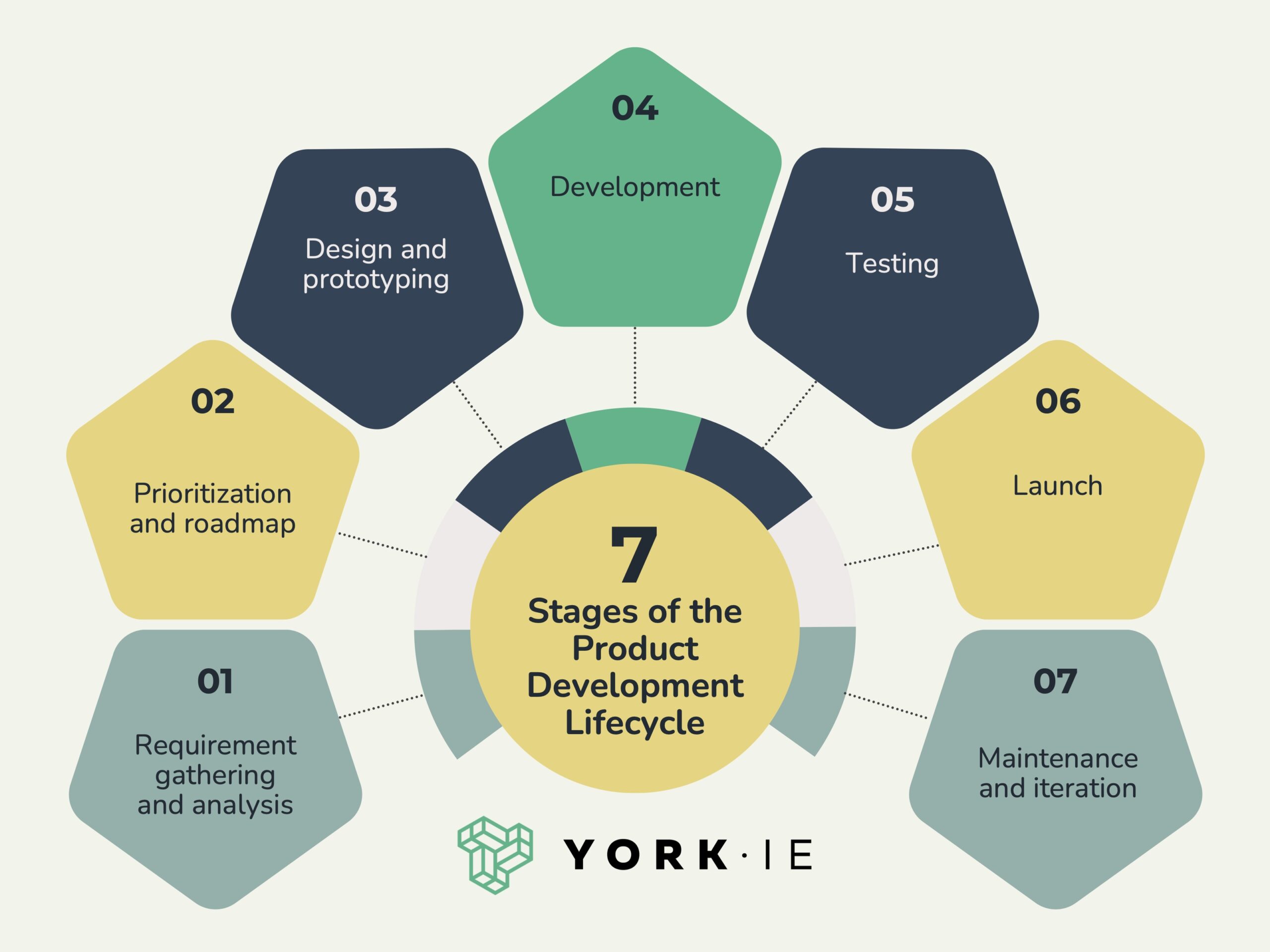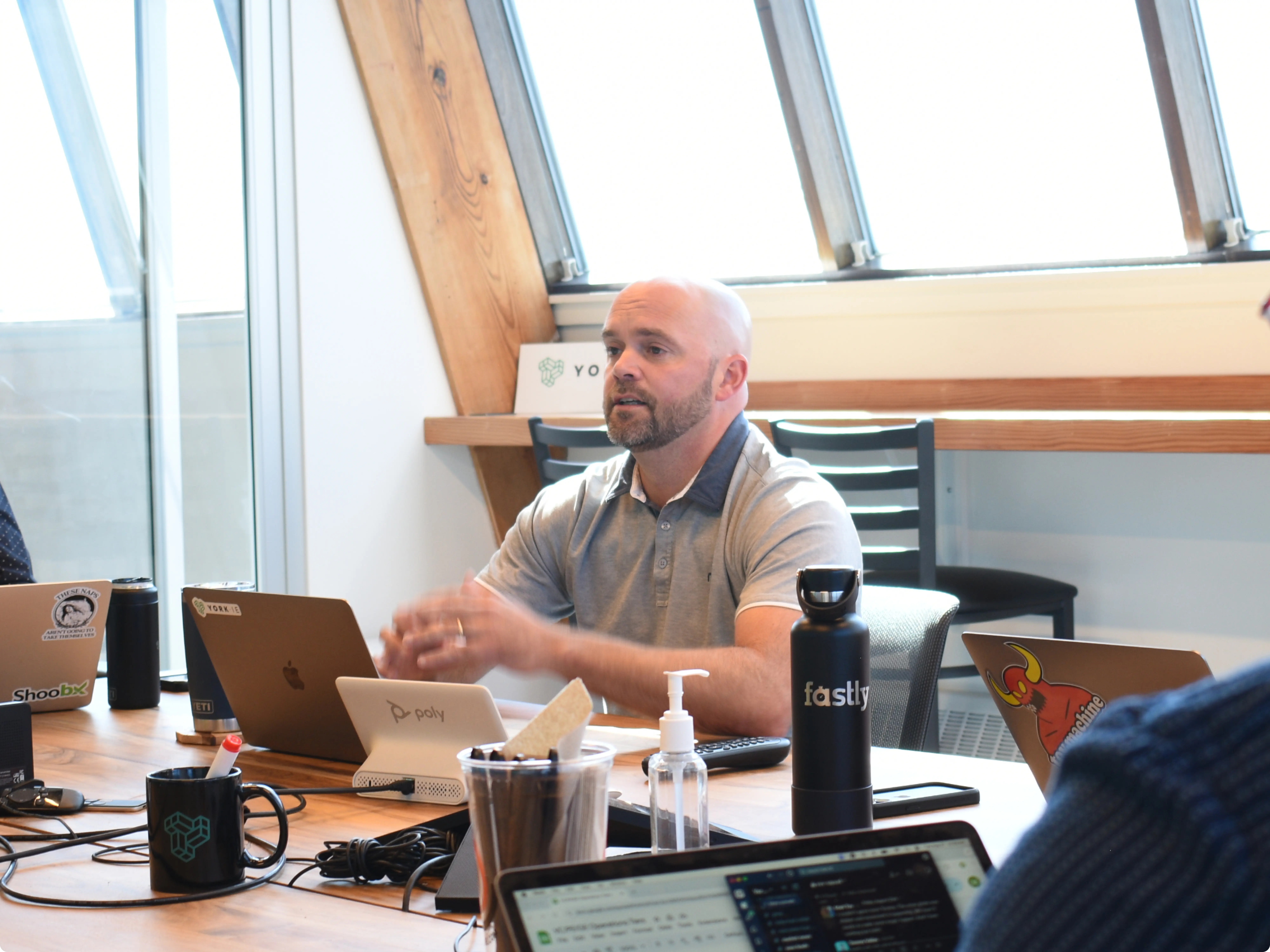“Measure twice, cut once” couldn’t be more true when it comes to startups. But how do you measure something that doesn’t exist yet?
By focusing on product development feedback.
I’ve seen too many startups treat feedback gathering as an ad-hoc, qualitative process. Going into it without a plan will leave you with a bunch of parts and pieces that are hard to make sense of.
In this post, I’ll explain my approach to creating a product feedback loop that makes it easier to find out what’s working and what’s not, so you can build a product that truly meets your customers’ needs. I’ll also share the product feedback template I use to guide these efforts.
Inside the Product Development Process
The product development process starts with identifying customer needs, and feedback is crucial throughout the entire process.
In the beginning, product development feedback helps define your vision and features. Later, prototypes are tested to gather feedback on usability and functionality. Even after launch, feedback is essential for ongoing improvement and iteration.
The full product development lifecycle can be broken down into seven stages:
- Requirement gathering and analysis: This initial stage involves defining the product vision and its goals, based on an understanding of customer needs.
- Prioritization and roadmap: Here, features are prioritized and a roadmap is created, outlining the development timeline.
- Design and prototyping: This stage focuses on creating a clear idea of how the product will look and function.
- Development: The product is built and rigorously tested to ensure it meets quality standards.
- Testing: This stage involves comprehensive testing to identify and fix any bugs or usability issues.
- Launch: The minimum viable product (MVP) is launched, allowing for initial customer feedback and further refinement.
- Maintenance and iteration: The product is continuously monitored and improved based on customer feedback and market trends.
By following a structured development process that incorporates customer feedback at every stage, businesses can increase their chances of turning ideas into successful products.

How to Get Useful Product Feedback
Follow these three steps to get feedback that’s actually useful:
- Document the context and persona of the people you want to interview. Who they are, their experiences and their perspectives can drastically influence the product feedback you receive.
- Distinguish between desirability and usability. Are your interviewees questioning the need for your product? Or just how it works? This distinction will guide your next steps in development.
- Challenge positive signals. Don’t settle for vague affirmations. Ask if they’d commit today, and if not, why. It’s a tough question, but it reveals true commitment.
Product Feedback Form Questions
Ask these product feedback questions to solicit the most helpful, actionable responses:
- Who are you? What is your current role? What is your background and experience?
- What challenges are you facing?
- How are you trying to solve those challenges?
- How is this product better than your current solution(s) to those challenges?
- How are your current solution(s) better than this product?
- What other use cases can you envision for this product?
- Would you buy this product today? Why or why not?
- What additional functionality would you like to see in this product? Why?
How to Use Product Development Feedback
Here’s how to turn feedback into action and build a product your customers will love:
- Look for common themes and patterns. Do several customers have the same problem? Is everyone begging for the same feature?
- Prioritize ruthlessly. Identify the changes that will make the biggest difference for your customers and take the least amount of effort.
- Stay true to your vision and strategy. Avoid implementing feedback blindly or believing the most common feedback item if it goes against your thesis. Double-check if you have common themes that overlap your survey participants so you can identify any bias in the results.
- Phase out the changes and continue to communicate any updates to your customers. When you let them know their feedback is influencing the product, you build trust and encourage them to engage with you even more.
- Measure how your changes have affected customer satisfaction, user engagement and other key performance indicators.
- Establish an ongoing product feedback loop. Regularly reach out to your users and refine your product.
Well-structured feedback is a cornerstone of successful product development. Don’t waste your efforts on feedback that doesn’t drive action!



